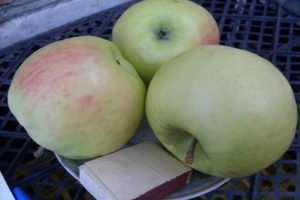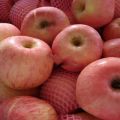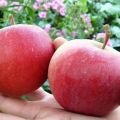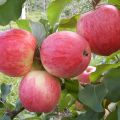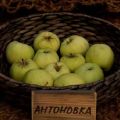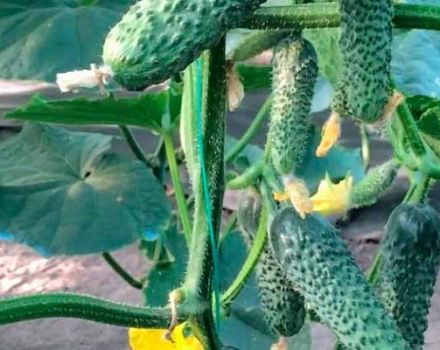Description and characteristics of fruiting varieties of apple trees Granny Smith, cultivation and care
Granny Smith is considered one of the most widespread apple varieties in the world. This variety was developed in the late 19th century in Australia. And since then, it has gained popularity among the gardeners of the world. This variety is often sold in stores.
Description of Granny Smith apples
Before buying an apple tree for planting, study its characteristics and description.
The history of the creation of the variety
Granny Smith was first bred in 1868 by Australian breeders. The originator was Maria Anna Smith, who crossed a wild apple brought from France with one of the local varieties. The new variety was named after her.
Useful properties of fruits
Ripe apples are rich in trace elements and other nutrients.
Macronutrients
The macronutrients included in the composition include:
- molybdenum;
- phosphorus;
- potassium;
- iodine;
- calcium.
It also contains iron.
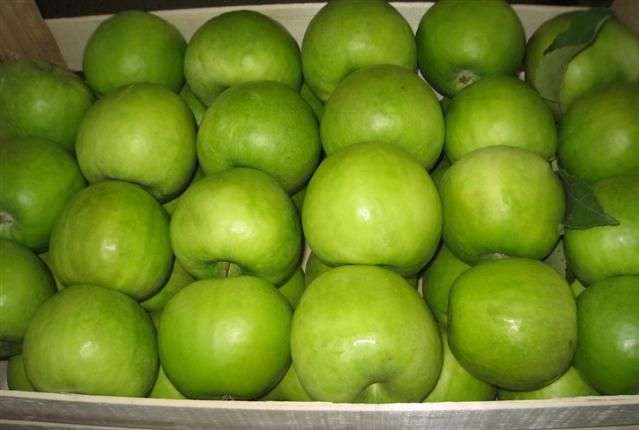
Trace elements
Apples contain anthocyanins and flavonoids, pectin and various types of acids.
Vitamins
The fruit is rich in vitamins B, K and biotin.
Caloric content of the product
There are only 47 kcal per 100 g of pulp with peel. Due to the low calorie content, the fruits are classified as dietary products.
Tasting and flavor
The pulp has a rich apple flavor. Apples have a sweet and sour taste. The more the fruit is stored, the sweeter it becomes. The tasting score is 4.4 out of 5 points.
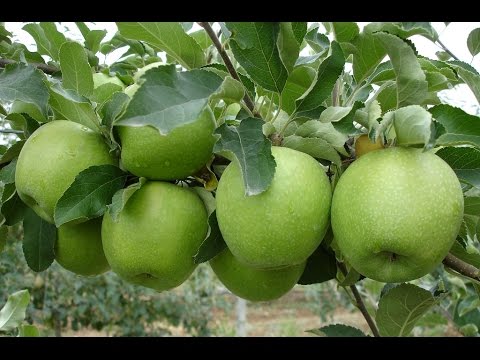
Contraindications to use
Contraindications include allergy to apples, a predisposition to bloating, ulcers, gastritis and other stomach pathologies.
Cooking applications
Apples are widely used in cooking. They are used for preserving, baking, dried for tea and eaten fresh.
Specifications
When choosing a variety for planting, pay attention to the size of the tree, yield, fruiting and winter hardiness.
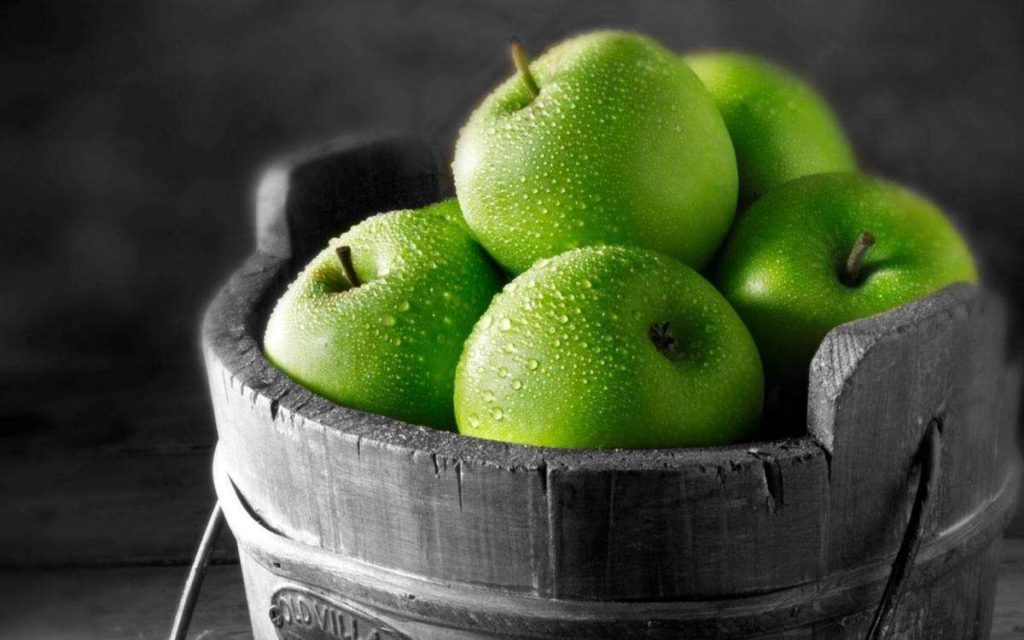
Dimensions of the tree
Mature trees grow no more than 3.5 m in height. Granny Smith is a semi-dwarf variety. The apple tree has a wide spreading crown, shaped like an oval.
Disease resistance
Granny Smith is often affected by powdery mildew, rust. Differs in average resistance to powdery mildew, scab and monilial burn.
Winter hardiness
The variety is not winter-hardy. Apple trees can only be planted in regions with mild winters.
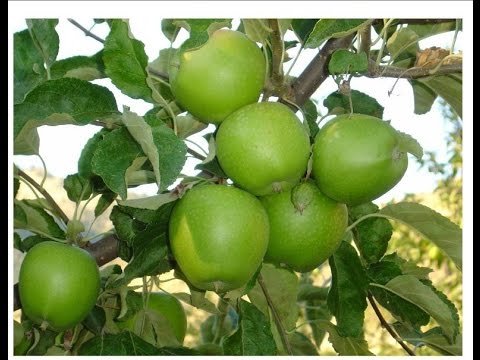
Agrotechnical measures
When growing Granny Smith's apple trees, special attention is paid to agrotechnical procedures.
Planting an apple tree
During the planting of the Granny Smith apple tree, special attention is paid to the preparation of seedlings and the choice of planting dates.
Timing
Apple trees are planted in spring and autumn. The advantage of spring planting is that the seedlings have time to get stronger by winter. Seedlings are planted in late April - early May.
Autumn planting allows seedlings to take root until spring. Autumn planting begins in the first half of October.
Saplings
Before planting, the seedlings are dipped in a growth activator for several hours. Immediately before planting, the roots of the seedlings are dipped in a slurry of clay.
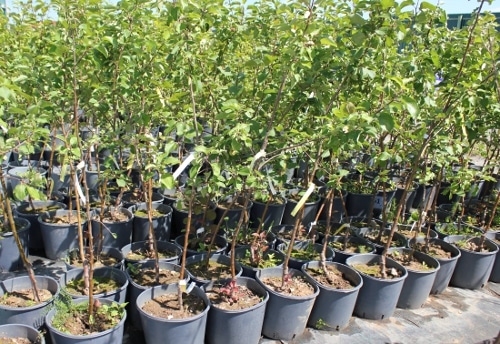
Disembarkation actions
Stages of planting a tree:
- Dig a hole, fill the bottom with manure, compost, wood ash and nitrogen.
- Mix the fertilizers with the top layer of the soil and leave the pit for 2-3 weeks.
- Put a seedling at the bottom of the pit and gently straighten the roots.
- Fill the hole with earth and tamp the soil near the trunk.
- Drizzle with warm water and tie the trunk to a stake, which is driven into the soil before planting.
If the seedlings were planted in the spring, then they are watered several times a week. In the fall, watering is not needed.
Growing
First of all, when growing the Granny Smith apple tree, attention is paid to attracting pollinators to the garden and forming the crown.

Pollinators
Pollinator trees include the following apple varieties:
- Eliza;
- Ligol;
- Pink Lady.
In addition, inflorescences are sprayed with honey solution to attract bees.
Pruning
In the first few years, apple trees grow actively. To prevent thickening, the crown is regularly trimmed. Pruning begins from the 2nd year after disembarkation. Skeletal branches are left at a distance of at least 50 cm from each other. Cut off those shoots that grow up. In the fall, dry and diseased branches are cut.
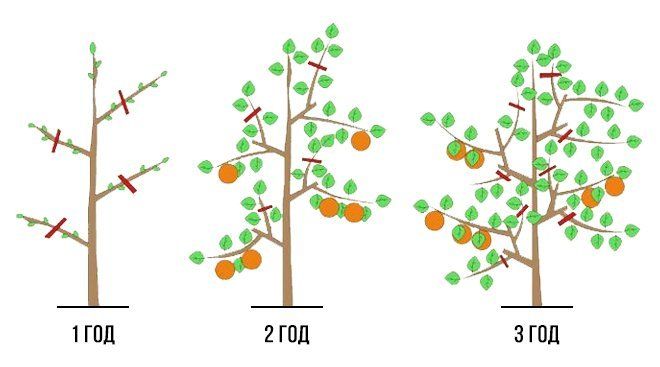
Care
Apple tree care includes watering, fertilization and disease prevention.
Watering and fertilizing
Apple trees are watered and fertilized 4 times per season. The first time during the growing season, the second time - with the onset of flowering. Third time with the onset of fruiting. And the last time - before the frost.
During the growing season, the apple tree needs nitrogen. Subsequent times, phosphorus and potassium are added to the soil.
Before the onset of cold weather, nitrogen-containing fertilizers should not be applied to the soil. Nitrogen stimulates the growth of shoots, and before the onset of cold weather, top dressing should be aimed at preparing the tree for the cold. In autumn, the soil around the trunks is mulched with peat. The mulch layer must be at least 15 cm.
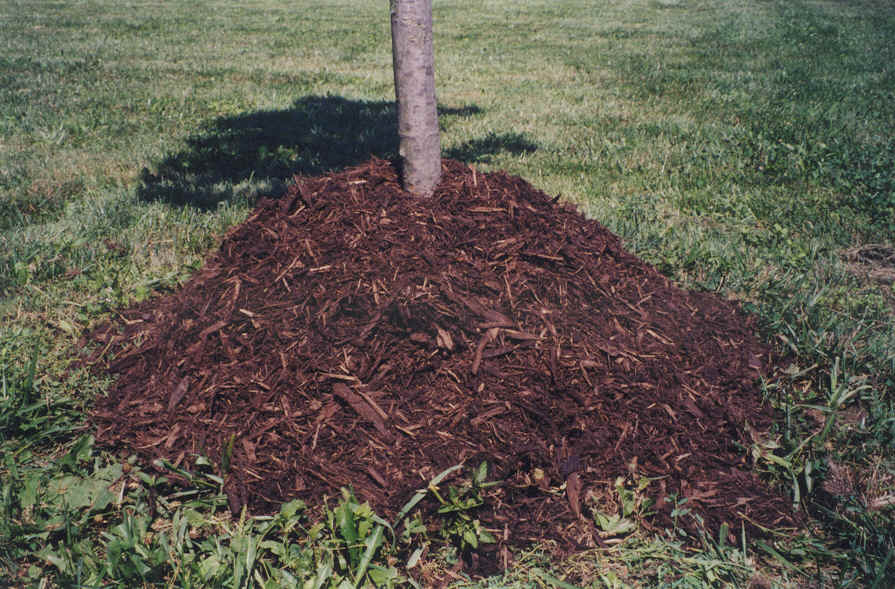
Pest control
From pests every spring, apple trees are treated with Bordeaux liquid, the drug "Hom" or "Skor". From harmful insects, plants are treated with the drug "Karbofos" or "Aktara". The preparations help fight aphids, plum moth and other types of insects that are most often found on apple trees.
It is important to regularly inspect the trees to prevent the spread of diseases and insects in time. Spraying with a solution of laundry soap with the addition of mustard powder helps from pests. Garlic or marigolds are also planted nearby. The smell of these plants repels insects.
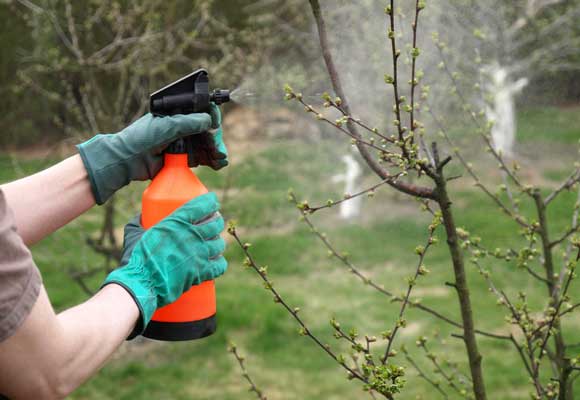
Ripening and fruiting
Fruit ripening and fruiting are important characteristics to look out for when buying a seedling.
Bloom
The apple tree blooms in mid-May. By the end of May, flowering ends. The flowering period coincides with the flowering of some late apple varieties.
Maturation
Fruits reach full maturity by mid-September.In some regions, the fruits ripen by October.
The beginning of fruiting
Granny Smith begins to bear fruit in the 2-3rd year after planting the seedling in the ground. The plant begins to fully bear fruit in the 4th year.
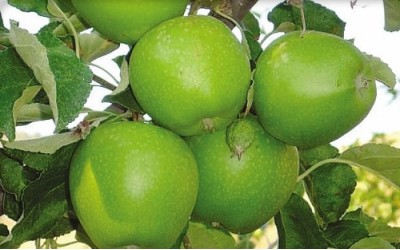
The frequency of fruiting
The plant bears fruit every year. By the end of the tree's life, fruiting decreases, but not significantly. The apple tree does not begin to bear fruit every year. You can increase yields by applying top dressing.
Yield
The yield is high, up to 150 kg of fruits are harvested from one tree per season. The tree bears fruit steadily every year.
Storage and transportation
The fruits are distinguished by their transportability and shelf life, so apples are often grown for sale in stores.
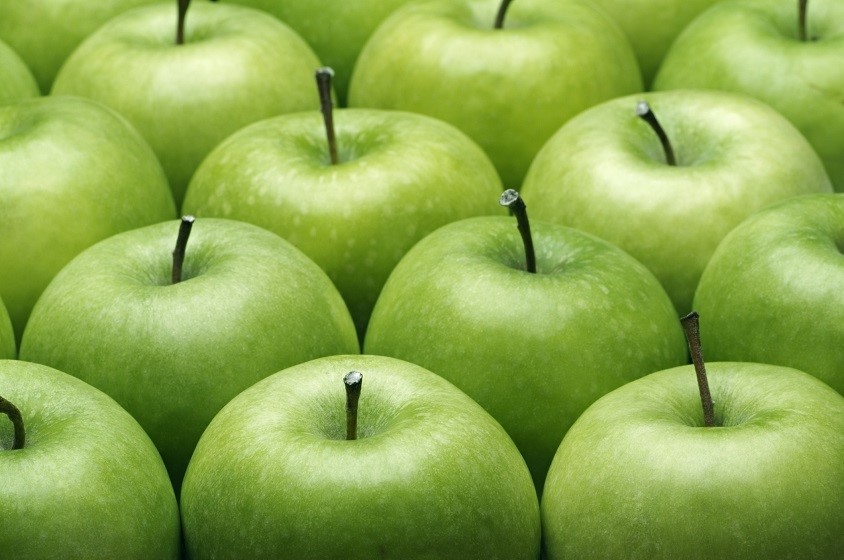
Storage features
After harvest, the fruits are stored until November. With proper storage, the period can be extended to winter. The harvested crop is kept in a dark cool room at temperatures up to +15 degrees. Regularly, the fruits are examined and the rotten ones are immediately thrown away so that the rot does not spread to other apples.
Transportation of apples
Due to their dense peel, apples endure long transportations, so Granny Smith is often found on shelves and store shelves.
Growing areas
For growing Granny Smith apple trees, regions with long summers and short warm winters are suitable due to a predisposition to freezing during severe frosts. It is not recommended to plant seedlings in northern latitudes.

